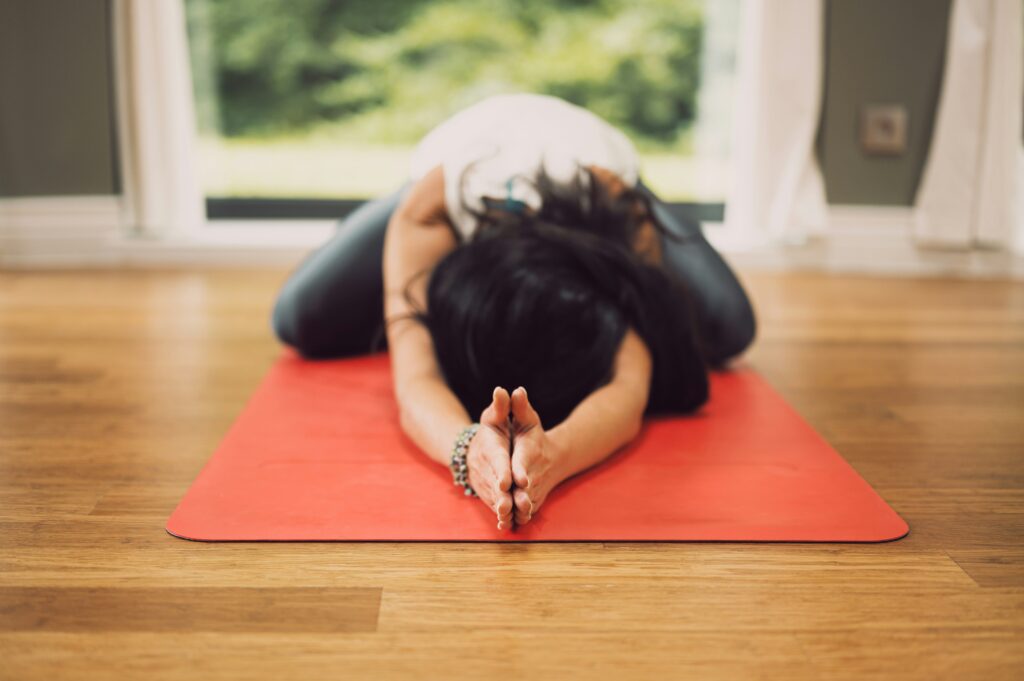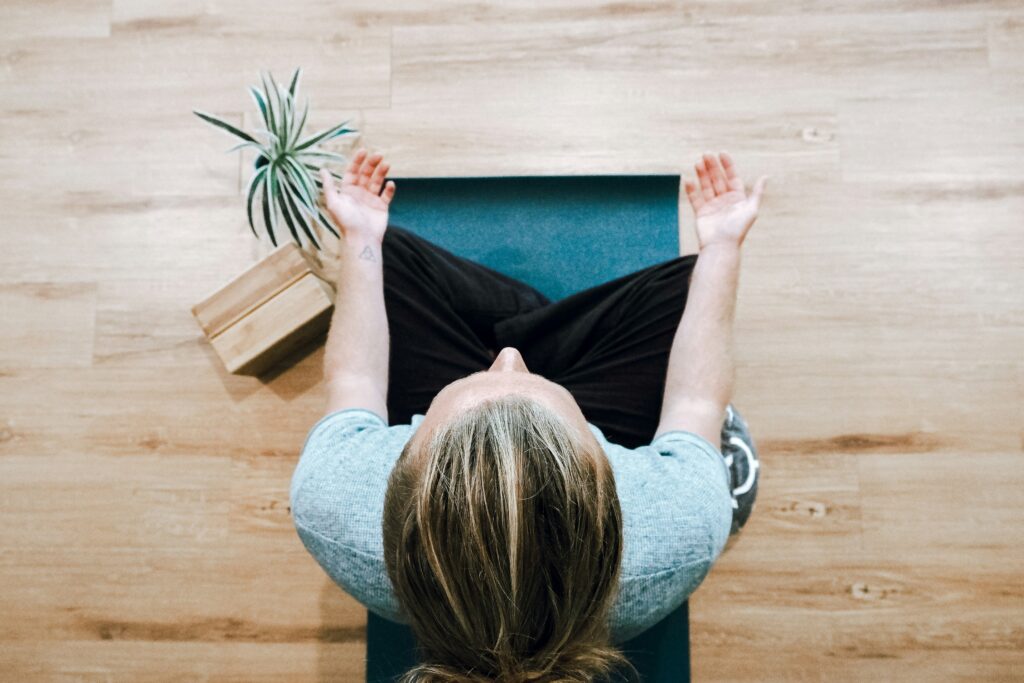
CO2 and O2 tables are training techniques designed to gradually increase your breath-hold capacity. By practicing these techniques, you train your body to tolerate both low oxygen and high carbon dioxide levels, enhancing not just your breath-hold ability but also your overall mental and physical state. These methods aren’t exclusive to water sport athletes—they’re useful for anyone exploring wellness practices.
In this article, we’ll dive deeper into O2 tables, explaining what they are and how they can help extend your breath-hold duration. If you’ve read my article on CO2 tables, you’ll notice some similarities. However, O2 tables have a distinct focus: they’re all about training your body to handle low oxygen levels effectively.

Starting with CO2 Tables
As a beginner, the urge to breathe is your biggest challenge during a breath hold. This feeling is triggered by rising carbon dioxide levels in your body, not a lack of oxygen. That’s why starting with CO2 tables is essential—they help you build comfort with the initial stages of breath-hold discomfort.
Once you’ve developed a basic tolerance for CO2 buildup, you can move on to O2 tables. These will train your body to handle the next big hurdle: low oxygen levels. Over time, O2 table training can improve your body’s ability to store and use oxygen efficiently, helping you extend your breath holds.
When I was training to become a freedive instructor, I practiced both CO2 and O2 tables regularly. These days, I turn to O2 tables when I want to push my limits. After every session, I feel a profound sense of calm—mentally and physically. It’s a grounding experience, and I love to sit quietly afterward, sometimes meditating, to soak in that peaceful state.
What Are O2 Tables?
O2 tables are a form of hypoxic training, designed to improve your body’s ability to function under low oxygen conditions. Unlike CO2 tables, where the rest intervals decrease while the breath-hold durations remain constant, O2 tables increase the breath-hold duration in each interval while keeping the rest intervals the same.
For freedivers, low oxygen tolerance becomes crucial as they progress to intermediate levels. With training, you can increase your lung capacity and train your body to use oxygen more efficiently. O2 tables allow you to track your progress over time, making them a rewarding and motivating practice for freedivers.
But the benefits of O2 tables go beyond breath-holding. They’re a fantastic tool for cultivating mental resilience, focus, and calm. The practice of staying composed during extended breath holds can translate to a greater sense of groundedness in everyday life. It’s a powerful way to train your mind to remain steady, even in stressful situations.

When to Train O2 Tables and How Long
You shouldn’t practice O2 tables and CO2 tables simultaneously. Instead, swap one for the other to avoid overtraining. Aim for 1-2 O2 table sessions per week to establish a solid baseline and gradually build up.
O2 tables typically have fewer intervals than CO2 tables, and it’s important not to exceed 80% of your maximum breath-hold duration during training. This ensures the practice remains safe and sustainable.
Example of an O2 Table
Here’s a beginner-friendly O2 table to get you started. The breath-hold duration increases slightly with each interval, while the rest interval stays constant at 1 minute and 30 seconds.
Example Table:
| Interval | Breath Hold Duration | Rest Interval Duration |
| 1 | 0:30 | 1:30 |
| 2 | 0:40 | 1:30 |
| 3 | 0:50 | 1:30 |
| 4 | 1:00 | 1:30 |
| 5 | 1:10 | 1:30 |
| 6 | 1:20 | 1:30 |
Make sure to use proper breathing techniques during the rest intervals. Take long, slow breaths to recover effectively and prepare for the next hold.
Tips for Beginners
- Relax Before You Start: Spend a few minutes breathing deeply to lower your heart rate.
- Progress Gradually: Start with durations you can manage and increase them slowly over time.
- Focus on Relaxation: During each breath hold, work on relaxing your body and quieting your mind to conserve oxygen.
Tips for Training O2 Tables
- Stay Safe: Always train in a dry setting, free from distractions. Never practice breath-hold training in water without a buddy. There is a risk of drowning if you practice breathwork in water, so you should always have someone with you just incase you do end up passing out. Otherwise, away with you on land!
- Use Imagery: Visualize calming scenes or focus on your senses to keep your mind occupied. Listen to your surroundings, feel your skin touching the sofa beneath you, things like that can really help.
- Control Recovery Breathing: After each breath hold, take rapid breaths to quickly replenish oxygen, followed by slow, deep breaths for efficient recovery.
- Combine with Meditation: End your session with a brief meditation to integrate the calming effects of breathwork. Observe how relaxed your body feels as your cardiovascular system reactivates.

Mental and Physical Benefits of O2 Tables
Breath-hold training offers a wealth of benefits beyond freediving. It can improve your mood, sleep quality, and performance in other sports. The mental discipline required to push through the discomfort of a long breath hold builds resilience and focus, skills that are invaluable in everyday life. Pushing the boundaries of your mind can help cultivate a sense of peace and make you feel grounded when life throws your curve balls or you get triggered by something.
Holding your breath trains the connection between mind and body, fostering a sense of peace and control that extends far beyond the practice itself.
Conclusion
Start with CO2 tables to build a foundation, then introduce O2 tables to progress your breath-holding abilities. Remember to start small, listen to your body, and keep the practice enjoyable so you’ll stick with it. You want it to remain fun and enjoyable for you and you look forward to doing it everyday.
Consistency is key. Practicing regularly will help your body adapt and make the experience more comfortable over time. Breath holds aren’t just about performance; they’re about cultivating a deeper connection between your body and mind.
If you try O2 tables or have questions about this practice, let me know in the comments. And if you’re creating a holistic routine, consider adding O2 tables alongside meditation or yoga for a calm and focused start to your day.

